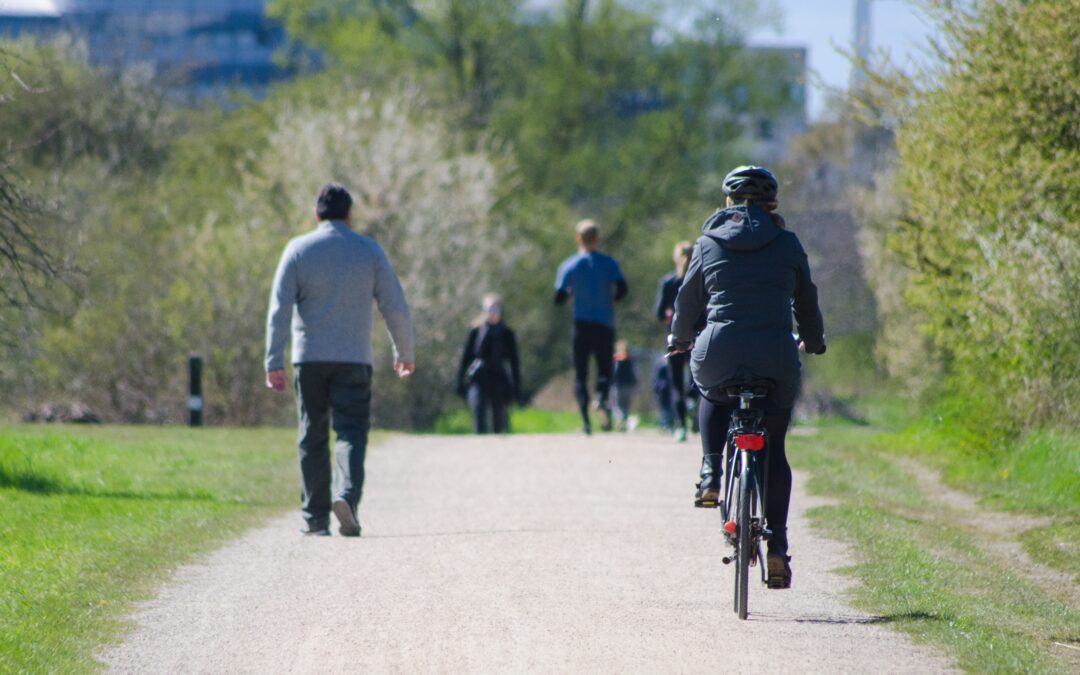A simple and proven way of achieving healthy lifestyles and sustainable communities is through
walkability; the ability to safely travel throughout your city or town without needing to drive.
Walkable communities are highly valuable for responding to climate change and improving
public health.
By allocating space to walk, bike or skate instead of driving, cities can decrease carbon
emissions and achieve better air quality. Studies show that walkable cities can cut atmospheric
carbon dioxide by 2.92 gigatons by 2050. Additionally, walking provides powerful health
benefits, such as boosting life expectancy and reducing anxiety.
Cities everywhere could learn from the vision of the City of Selkirk, Manitoba, whose council
recently approved a plan to link the entire city through active transportation pathways (i.e.,
bike lanes, sidewalks, multi-use pathways) by 2025. The project aims to bring every resident
within two blocks of the network, so folks can freely use human-powered transportation across
the width of the city.
In addition to their environmental and public health benefits, active transportation pathways
are also vital for non-drivers to access basic services like jobs, schools, and healthcare.
At GentleWays, our mission it is to make it easy for people to lead sustainable lives. We are
thrilled to see how Selkirk is making it easy for people to adopt sustainable and healthy life
style. We hope that more cities will be inspired by Selkirk’s vision of planet-friendly
infrastructure that prioritizes walking over driving.
Fortunately, collective action projects that promote active transportation are already
underway. In Canada’s capital region, Ecology Ottawa’s Safe Streets, Healthy Streets campaign
aims to increase space for pedestrians and cyclists. Abroad, the International Walking Charter
provides a common policy reference where community groups can collectively encourage more
everyday walking.

